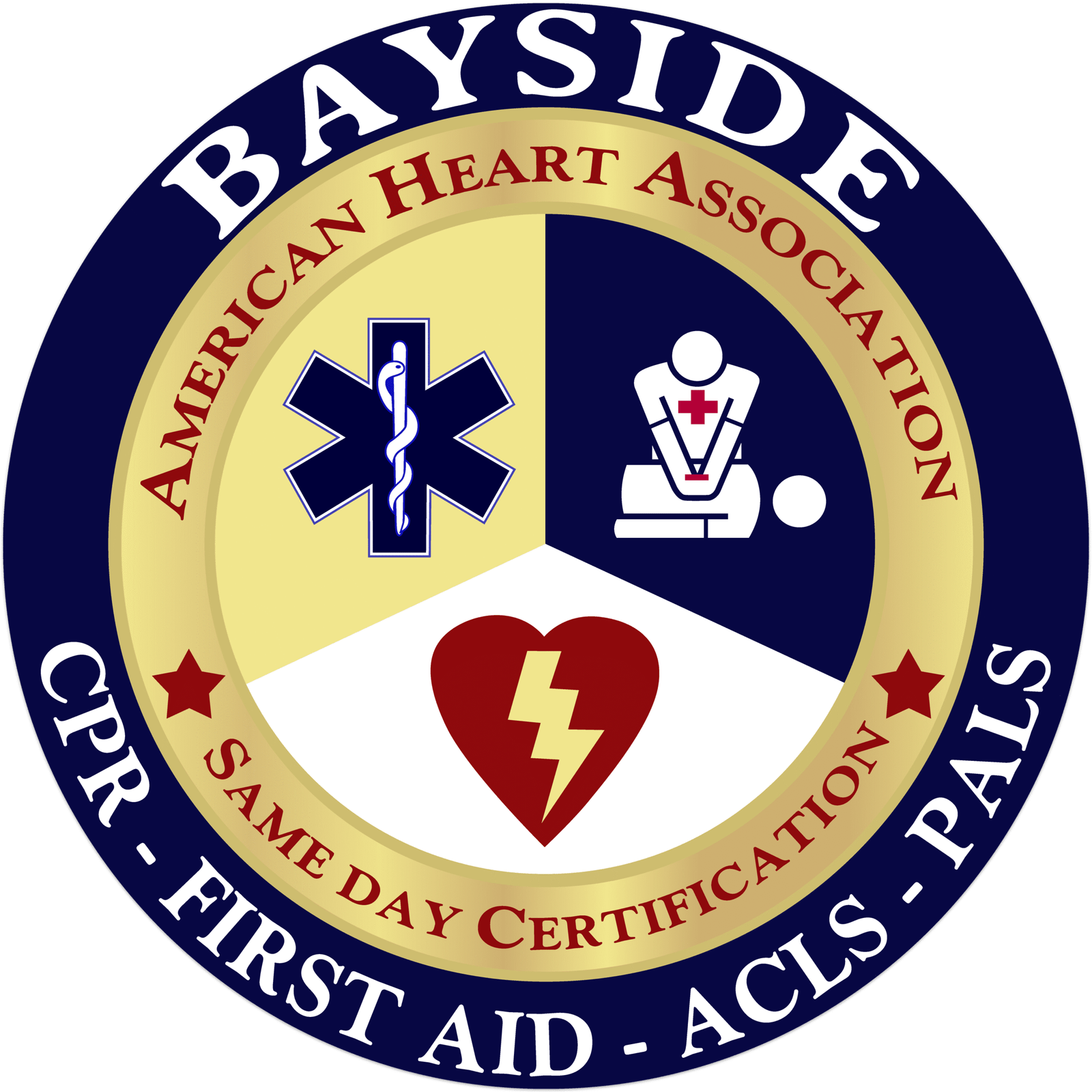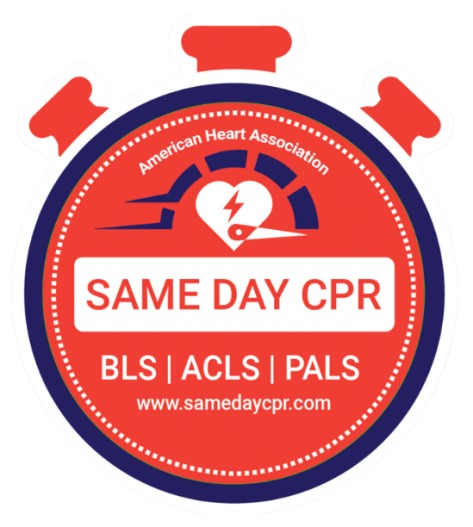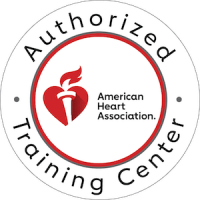
Category Archives: Guide

Bradycardia ECG vs Normal ECG: What’s the Difference
An electrocardiogram (ECG) is a simple, non-invasive test that records the electrical activity of the heart. It is a crucial tool for monitoring heart function, detecting rhythm abnormalities, and guiding clinical decisions. A normal heart rate in ad...
Read More ›
What Are the Three C’s of Emergency Response
Emergencies can happen anywhere and at any time, from car crashes and cardiac arrest to choking, heavy bleeding, or electrical shocks. Knowing how to respond can save lives, prevent injuries, and keep you and others safe. That’s where the Three C�...
Read More ›
What Does CAB Stand for In CPR?
CPR (cardiopulmonary resuscitation) is a crucial life-saving procedure that greatly increases survival chances during cardiac arrest. The acronym “CAB,” which stands for Compressions, Airway, and Breathing, highlights the importance of beginning ...
Read More ›
What Is the Most Common Risk of Exposure to Bloodborne Pathogens...
Healthcare workers encounter blood and bodily fluids daily, exposing them to ongoing dangers from bloodborne pathogens (BBP) and infectious microorganisms such as Hepatitis B (HBV), Hepatitis C (HCV), and Human Immunodeficiency Virus (HIV). These pat...
Read More ›
How Technology Is Transforming Heart Monitoring
Technology is reshaping the way we understand and track heart health, making advanced monitoring more accessible, more accurate, and far more patient-friendly than ever before. What once required a clinic visit and bulky equipment can now happen on a...
Read More ›
The Ultimate CPR Playlist: Songs to Help You Stay on Beat
Ever wondered how to keep the right rhythm during CPR (cardiopulmonary resuscitation)? Music might be the secret. The right song can help you stay calm, focused, and on beat while giving chest compressions. Studies show that certain tunes match the p...
Read More ›Christmas &
New Year Offer
Select CPR courses with code Holiday25
*Expires on January 2nd


